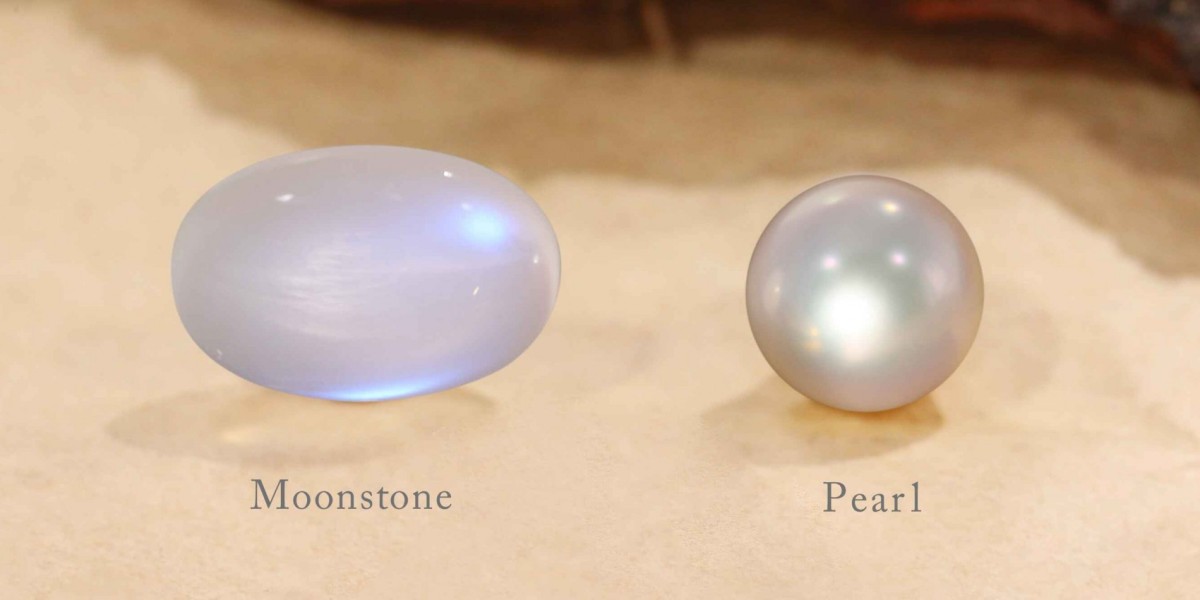In construction, manufacturing, and various industrial applications, the term “gap filler” refers to materials used to fill spaces and gaps between components. Whether it’s for insulation, sealing, or structural integrity, gap fillers play a crucial role in ensuring the performance and longevity of products. This blog post will explore what gap fillers are, their types, applications, and why they are essential in various industries.
What are Gap Fillers?
Gap fillers are materials designed to occupy spaces or gaps between surfaces or components. They serve multiple purposes, including insulation, noise reduction, moisture protection, and aesthetic enhancement. These materials can be found in various forms, such as foams, sealants, and pastes, depending on the specific requirements of the application.
Types of Gaps Fillers
There are several types of gap fillers available, each suited to different applications:
1. Foam Fillers
Foam fillers are commonly used for insulation and soundproofing. They expand to fill gaps, creating an airtight seal that reduces energy loss and noise transmission. Common types of foam fillers include polyurethane and polystyrene.
2. Sealants
Sealants are used to fill gaps and joints in construction and manufacturing applications. They are available in various formulations, including silicone, acrylic, and latex. Sealants provide moisture resistance and enhance the durability of structures by preventing water infiltration.
3. Pastes and Mastic
These materials are often used in applications requiring a thicker consistency. Mastic and paste gap fillers are ideal for sealing larger gaps or irregular surfaces, providing a strong bond and preventing air or moisture penetration.
4. Thermal Gap Fillers
In electronic applications, thermal gap fillers help manage heat dissipation. These materials improve thermal conductivity between heat-generating components and heat sinks, ensuring optimal performance and preventing overheating.
Applications of Gap Fillers
Gap fillers have a wide range of applications across various industries, including:
- Construction: Used to seal gaps around windows, doors, and joints, improving energy efficiency and preventing moisture damage.
- Automotive: Fill gaps in vehicles to reduce noise and vibrations while providing thermal insulation.
- Electronics: Essential for managing heat in electronic devices, ensuring reliability and longevity.
- HVAC Systems: Used to seal ductwork and prevent air leaks, enhancing system efficiency.
Why Are Gap Fillers Important?
Choosing the right gap fillers is crucial for several reasons:
- Energy Efficiency: Properly sealing gaps reduces energy loss, leading to lower utility bills and a smaller carbon footprint.
- Moisture Protection: Gap fillers prevent water infiltration, protecting structures from damage and mold growth.
- Structural Integrity: Filling gaps enhances the strength and durability of components, ensuring they can withstand environmental stresses.
- Noise Reduction: Effective gap fillers contribute to soundproofing, creating quieter indoor environments.
Conclusion
Gap fillers are essential materials in construction, manufacturing, and various industrial applications. Their ability to fill gaps and provide insulation, sealing, and structural integrity makes them invaluable in ensuring the performance and longevity of products. Understanding the types of gap fillers available and their applications can help manufacturers, builders, and consumers make informed decisions. As industries continue to evolve, the development of innovative gap filler solutions will remain critical to meeting the demands of energy efficiency, durability, and reliability.








